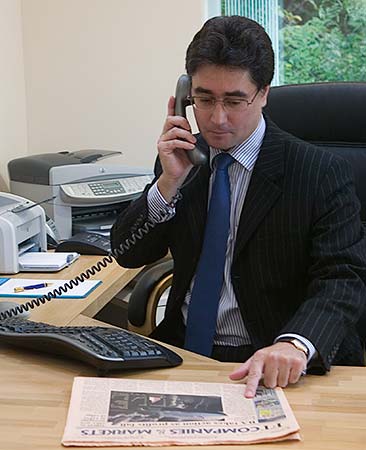Patrimonial Disputes are about both: (i) a claim to the past; and (ii) a relationship with a wider international community in the future.
In that sense, while the Mediation of these disputes may involve a combination of both facilitative and evaluative styles of Mediation, the ‘Commercial Model of Mediation’ is not appropriate.
That is because these disputes are about a value that cannot be fully understood and evaluated in terms of money alone.
So, what is an appropriate Model of Mediation for a Patrimonial Dispute?
I think this requires some ‘innovative’ i.e. orginal and creative thinking, as I have not yet found one in any of the published academic literature.
In other words, a ‘Model for the Mediation of Patrimonial Disputes’, needs to be developed, based upon a ‘foundational’ bedrock of principles and precedents.
As I mentioned in my previous post, I am now going offline for three months to work on the writing a Monograph about the ‘Mediation of Cultural Heritage Disputes’, for publication in 2026. See the ‘Mediation of Cultural Heritage Disputes’ page at www.carlislam.co.uk.
My next live Zoom webinar to be presented to members of the Standing Conference of Mediation Advocates worldwide in 2025 is entitled – ‘Mediation of International Cultural Heritage Disputes – Part 1: Introduction & Overview.’ This is scheduled for the afternoon of Tuesday 11
November 2025.
I mention this, because the development of an appropriate ‘Model of Mediation’ i.e. a Mediator ‘Methodology’, for Mediating Patrimonial Disputes, is the starting point for both the Monograph and the Talk.
As my ideas about this evolve over the summer, I will post them as comments on this post.
In Mediation, the possibilities are only limited by the ‘imagination’ of the participants and their Mediation Advocates, and of course the skill and knowledge of the Mediator, in facilitating ‘synergy’ between them.
Therefore, a logical place to look for inspiration is documented ‘creative deals’ that have been negotiated and agreed in the past in the Mediation of Patrimonial Disputes.
I have started to compile a Table of Precedents.
With one exception, I have found that negotiations (whether Mediated or not), have been protracted over many years.
That is because of the ‘Stakeholder Interests’ involved, and the changing dynamics of both the underlying ‘Ethical’ and ‘Political’ dimensions of these disputes.
So, an obvious challenge for a Mediator in a Patrimonial Dispute, is how to facilitate an ‘alignment’ of these dynamic and competing ‘interests’, by somehow ‘revealing’ common ground, that can become the foundation for the ‘building’ i.e. ‘facilitated negotiation’, of a ‘Framework of Agreed Repatriation Principles’, for practical implementation.
So, I have also started to draft a ‘Table of Repatriation Principles’, based upon ‘Precedent’.
These Tables will form the foundation of both my Monograph and Talk.
First a word of caution about a Mediator [‘M’] ‘projecting’ their own ‘values’ (i.e. ‘Western Values’ if M was educated and grew up in the West), upon a participant [‘P’], i.e. from the ‘Global South’. While ‘Repatriation Principles’ may provide a Mediator with ‘tools’ for steering the ‘P’s toward recognition of ‘common ground’, M must not ‘pre-label’ each P’s values. That is because ‘pre-labeling’ could result in loss of trust from the outset of the Mediation process. What the Mediator needs to do, through ’empathetic listening’ and ‘careful and educated questioning’, is to get each P to talk openly to him in private sessions about their ‘values’, so that eventually in conversation with each other in a plenary session, the P’s – through M, can recognise the existence of an ‘overlapping framework of principles’, which can be used to develop a creative, practical and lawful solution that when viewed as a ‘coherent whole’, is ‘sufficient’ to ‘satisfy’ and thereby ‘reconcile’ their competing interests, ambitions, imperatives, and priorities.
